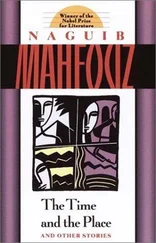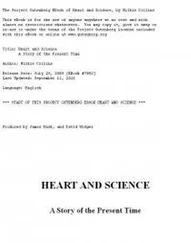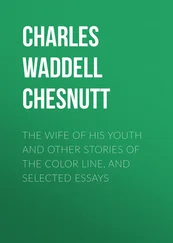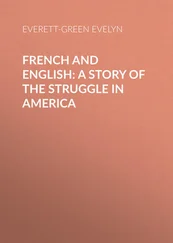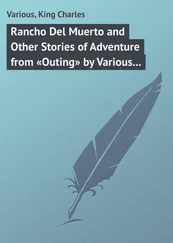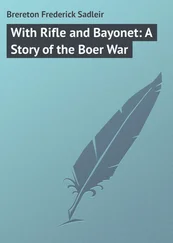Here I am.
In your soul up to my knees.
* * *
The sand around Theo was drying in the sun. It was up to his navel now. Wouldn’t be long. The wind hissed against the kelp and sand, lulling him. His eyes closed and he dozed off, still holding on to the wing.
He was woken by the rattling sound of Animalis Primus limping towards him.
The beast approached, its feet distributing its weight so as to barely touch the unsteady sand.
"I made you fine, didn’t I?" Theo mused. "Just fine."
Primus came to a halt next to Theo, and waited.
He looked up at the beast, squinting at the sun behind it. "What are you doing, old friend?" he asked.
The beast stood, as if waiting for him to reach out, to hold on.
Theo pulled a hand out of the sand and reached for the beast’s first knees. He was afraid he might trip the animal over, take them both down, but as soon as he got a firm grasp on its skeleton, Primus started walking against the wind, pulling Theo out of the sand.
He let go once he was safely away from the marsh. He collapsed on the powdery sand, trying to catch his breath, reel it back in, keep it from running out. Animalis Primus did not stop.
"Wait," Theo whispered as he pulled himself half-way up from the ground, thousands of miniscule grains sticking to his damp cheek. The beast marched onwards, unresponsive. "Wait!" Theo shouted, with all the breath he had left. He almost passed out.
The wind changed direction. Theo rested his head back on the sand, spent, and watched as Animalis Primus walked away—all clank and mechanics and the vestige of something like breath.
Originally published by Interfictions: A Journal of Interstitial Arts, June 2015
* * *
1. Extraction
Place a body block under the back of the cadaver so that the chest protrudes and the neck and arms fall backwards. You might hear the bird flutter at this stage. Do not be alarmed; this is normal. Make a deep, Y-shaped incision in the usual manner (cf pp. 22-25). Peel back the skin, muscle and soft tissue. Pull the chest flap over the face. The birdcage should now be exposed, and the thoracic bird should be visible. Using a rib cutter or saw, make two cuts on each side of the cage. Be very careful when you pull the ribs away so as not to damage the bird. The bird should now be free. Depending on your relationship with the deceased, it may choose to fly away. If it does, there is no point in chasing it. The bird was never yours. It will never be yours. Do not forget this.
If the bird stays in the chest cavity, extract it using your bare hands and proceed to step 2.
* * *
2. Classification and Care
Post-mortem birds come in all shapes and sizes, but they generally do fall within known species of birds, although exceptions are possible [see note i]. Swallows, pigeons and larks are some of the most common, with corvids (crows and ravens) a close second. That said, do not be surprised if a fully grown peacock or a baby ostrich emerges from the chest cavity of the deceased [see note ii].
In order to figure out how to properly care for the bird, please consult the Concise Guide of Post-Mortem Ornithology (10th ed.). However, most post-mortem birds need a period of adjustment before they can be properly released into the wild. During this period, the bird needs to be kept in an appropriately sized cage.
The adjustment period generally coincides with a period of mourning. During that time, you might find yourself veering towards the philosophical [see note iii]. This can be exacerbated by the fact that some birds seem to retain certain characteristics or quirks of the deceased. It may help to remember that the bird is not your loved one. It is only a bird. Repeat this to yourself when they peer at you behind bars with their beady, indecipherable eyes: "It is only a bird."
* * *
3. Release
It is very important, both for the bird’s health and for your own, that you eventually release it into the wild. When the bird seems to grow restless in its cage, take it to a place your loved one liked (a park, forest, or large body of water is preferable) and open the cage door. The bird will know what to do.
There have been cases of people unable to let go of their loved ones' birds, which gradually grew dependent on their cages and could no longer survive except in captivity. The gravity of a situation like this is hard to convey. Take the following case as an example and a warning: A young man was recently discovered in New Hampshire having in his possession a large number of post-mortem birds that had been passed on to him from his parents and grandparents. The Post-Mortem Bird Rehabilitation Council has since removed the birds, which are reportedly making progress. The young man, on the other hand, did not recover. He probably never will. The fluttering in his chest feels stronger than ever. He thinks his bird will be an eagle.
* * *
Notes
i. It is generally agreed that all birds that currently occur in nature are either post-mortem birds that have been released, or their offspring. However, there have been reports about birds emerging from chest cavities that have never before been seen in the wild. Are these new species? Are they old species that had become extinct? Were the people to whom they belonged special in some way? Will we ever know the answer to these questions?
* * *
ii. A correlation between the kind of bird one encloses and the personality, ethnicity, race, gender, class, ability, or any other characteristic of the person has not been established.
* * *
iii. There has been much speculation about what the birds know, how much of our loved one is in them, or how much of the person we knew used to be a bird. What do the birds remember? What do they want? Of course, a lot of this is probably projection, and birds are, and will always be, just birds. But when they sometimes come back, peeking through windows or staring at our houses from across the street, it is easy to imagine they are wondering the same about us: Where did you come from? What do you remember? What do you know?
Originally published by Clarkesworld Magazine, July 2015
MEETINGS AT MASSACRE MARKET
by Aliki Karyotakis
for the London New Times
I met Brigitte at what the locals call Massacre Market. She pronounced her name as if she were French—or I should say French-made, I guess, but I didn’t know that at the time. She was a working girl, owned by a guy named Jerome—also French, supposedly. She was waiting there for my local liaison and me, among desiccated corpses and stalls full of blown-up photos of the tortured and the dead. She kissed Dick on the lips when she saw us, before greeting me. She did it in a mechanical way, as if she were supposed to, as if she couldn’t do otherwise. That’s when I saw the long strip of nacre that ran down the back of her neck, along her spine, pure and magnificent. I shot Dick a questioning look.
"Yeah yeah, it’s the real deal," he said. "She’s my artificial girlfriend in this town. I’m renting her full time. Very useful. She knows people." Dick could be snide like that. "I’m sure you girls will get along," he added.
Brigitte turned to me, holding out her hand. She gave me a warm smile, but I could tell that she, unlike Dick, was very well aware of where we were, of the transactable images of gore and violence that surrounded us. Of the history of this place.
"Pleasure to meet you," she said, a glint of something indecipherable in her eye. Was that an android thing? Or was that the part of her that is human?
Читать дальше

